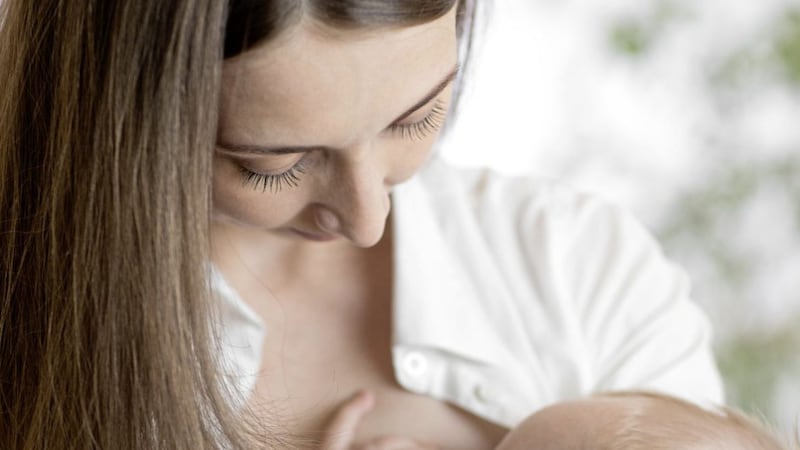With World Breastfeeding Week underway, an infant feeding expert explains breastfeeding shouldn't hurt and suggests possible causes for the pain.
I'm pregnant with my second child and I'd like to breastfeed, but it hurt so much with my first baby that I gave up. I'm scared it will hurt again – what can I do to deal with the pain?
Eilis Mackie, lead for infant feeding at The Portland Hospital, says:
"Breastfeeding is supposed to be enjoyable for both mother and baby, so experiencing any pain will make this journey difficult.
"There are several reasons for painful breastfeeding, but the most common is poor or shallow attachment to the breast. This is when the baby has just attached to the nipple and doesn't have enough of the areola (darkened pigmented area around the nipple) in its mouth. It's so important to get this right from the beginning – you'll go on to successfully breastfeed your baby pain-free.
"The best position to get you started is to have your baby skin-to-skin and let baby lead the way; sitting in a semi-reclined position to recreate his instinctive feeding triggers. This is the best way to get breastfeeding off to a good start and once you've gained in confidence, you'll be able to experiment with other positions.
"Help baby approach your breast 'nose to nipple' with his chin on or close to the breast and his head tipped back a little. It's surprising how far away from your nipple your baby's mouth seems to be to achieve a good latch. As he latches on he'll take a big mouthful of breast.
"If you're still experiencing pain having tried to achieve a deep latch then it could be your baby has a tongue tie (ankyloglossia). This is when the piece of tissue is very short, not allowing good tongue movement and causing nipple pain. This can be assessed by a skilled practitioner and a frenotomy (division of the tongue tie) can be carried out.
"It could be Raynaud's phenomenon, where blood vessels narrow, associated with cold. Eliminate other causes first, especially if breastfeeding has always been painful or your nipples are flattened or wedge-shaped after feeds. Seek medical assessment. Keep warm and avoid nicotine and caffeine, which can be triggers.
"Thrush – a yeast infection on the breast tissue – can also cause a lot of pain. It can feel quite intense throughout the feed and for some time after. Women describe it as a stabbing pain and it needs urgent treatment for both the mother and baby.
"Painful breastfeeding isn't normal – it means something isn't right. Always get this checked by your midwife or your local breastfeeding support group, or you can get a specialist lactation consultant to help too."








